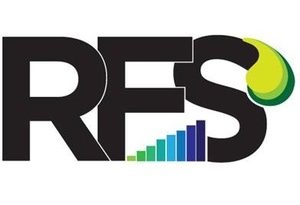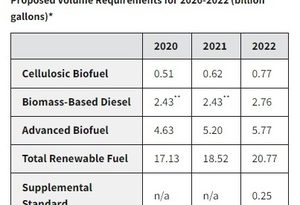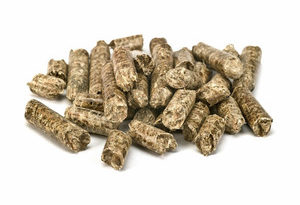MSU wins EPA grant to help divert food waste from landfills
Energy Disrupter
ADVERTISEMENT
Montana State University has received nearly $300,000 from the U.S. EPA for a study that aims to help reduce food waste and divert it from landfills.
With the funds, MSU researchers will partner with the city of Bozeman to study household food waste and explore the potential to use anaerobic digestion for processing household food waste in the city, applying a decentralized approach to organic waste management. Anaerobic digestion is a process through which microorganisms break down organic materials, such as food scraps, without oxygen. The process produces biogas, which can be captured and used for energy production, and digestate, a nutrient-rich fertilizer.
Roland Ebel, the grant’s project director and a postdoctoral research associate in MSU’s sustainable food and bioenergy systems program, said the process involves putting accumulated food scraps in a prepared, airtight container. Specific bacteria, called inoculants, then transform the scraps into a nutrient-dense biofertilizer over a period of about four to six weeks.
“We are excited about this community-centered project,” Ebel said. “Anaerobic digestion of household food scraps is an efficient and sustainable approach for recycling organic waste for cities where no municipal organic waste management is available. We see the potential for expanding this model to other cities and states. However, first we have to make this work in our pilot study.”
Roland said anaerobic digestion sounds similar to composting, but there are important differences. Composting is an excellent way of recycling organic waste such as lawn clippings, he said, but it requires more space and isn’t as efficient for processing energy- and nutrient-dense food residues. Also, not every household has a garden available for composting. Finally, anaerobic digestion generates two products, biogas and a fertilizer, while composting only produces one.
The MSU project will focus on studying the effectiveness and usability of two different anaerobic digesters in 12 Bozeman households to break down food waste into biofertilizer. During the two-year study that is expected to begin in January 2021, MSU researchers, in cooperation with the city of Bozeman, will analyze the food waste generated by the households, develop mixes of food waste that can be anaerobically digested and assess the two types of containers to learn their effectiveness and household usability. After the study, researchers and students will produce outreach materials and conduct a workshop on expanding anaerobic digestion to more households.
In addition to Ebel, members of the MSU research team include Selena Ahmed, associate professor in the Department of Health and Human Development; Jed Eberly, assistant professor with MSU’s Central Agricultural Research Center; Irene Grimberg,
research associate professor and deputy coordinator for the Western Sustainable Agriculture Research and Education program; Fabian Menalled, professor in the Department of Land Resources and Environmental Sciences; and Tim Seipel, assistant research professor in the Department of Land Resources and Environmental Sciences. Ebel said there would also be one graduate student and two undergraduate students participating.
“This is an exciting project for MSU in that it advances researcher and student interest in diverting food waste from landfills while also exemplifying our land-grant mission of integrating research, teaching and service to communities,” said Alison Harmon, dean of the College of Education, Health and Human Development, which houses the university’s sustainable food and bioenergy systems program along with the College of Agriculture.
Montana State was one of 12 organizations to receive a total of $3 million in funding from the EPA for anaerobic digestion projects across the country. The EPA notes that anaerobic digestion is preferable to landfilling and incineration because it reclaims valuable resources and can save money and reduce environmental impacts.
“At EPA, we think about the entire life cycle of materials, not just what to do with them at the end of life,” Greg Sopkin, the EPA regional administrator, said in a statement. “MSU’s project has great potential to feed soils and conserve moisture, reduce greenhouse gas emissions and reduce food waste — all while working with and customizing solutions for the community.”
The anaerobic digestion funding opportunity is a part of EPA’s efforts and contributions to the Winning on Reducing Food Waste Initiative, a partnership among EPA, the U.S. Department of Agriculture and the U.S. Food and Drug Administration to reduce food loss and waste through individual and combined federal action.
More information on anaerobic digestion is available at https://www.epa.gov/anaerobic-digestion.
















